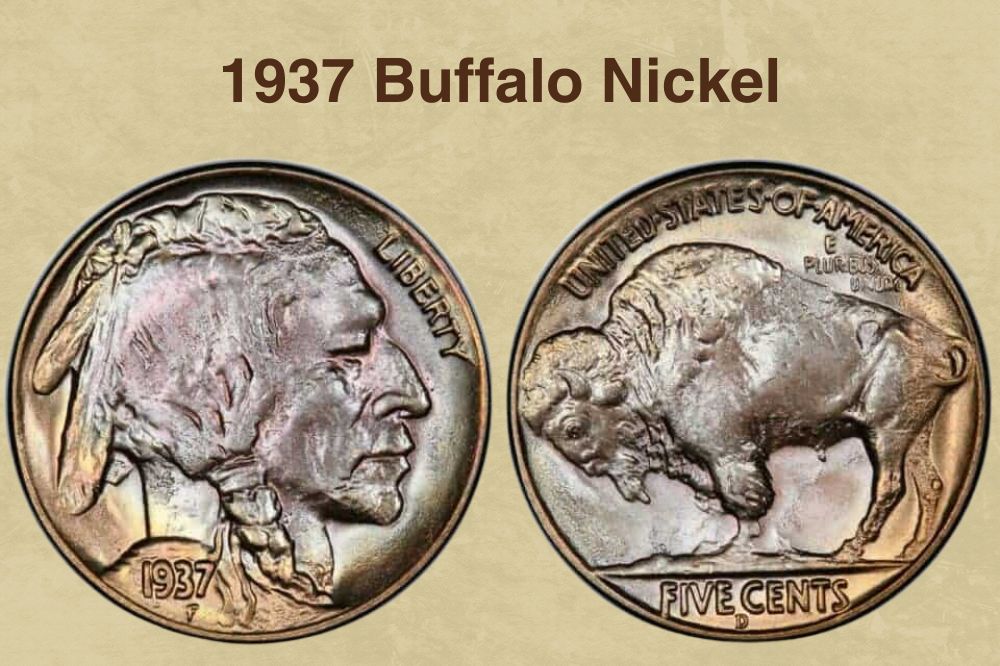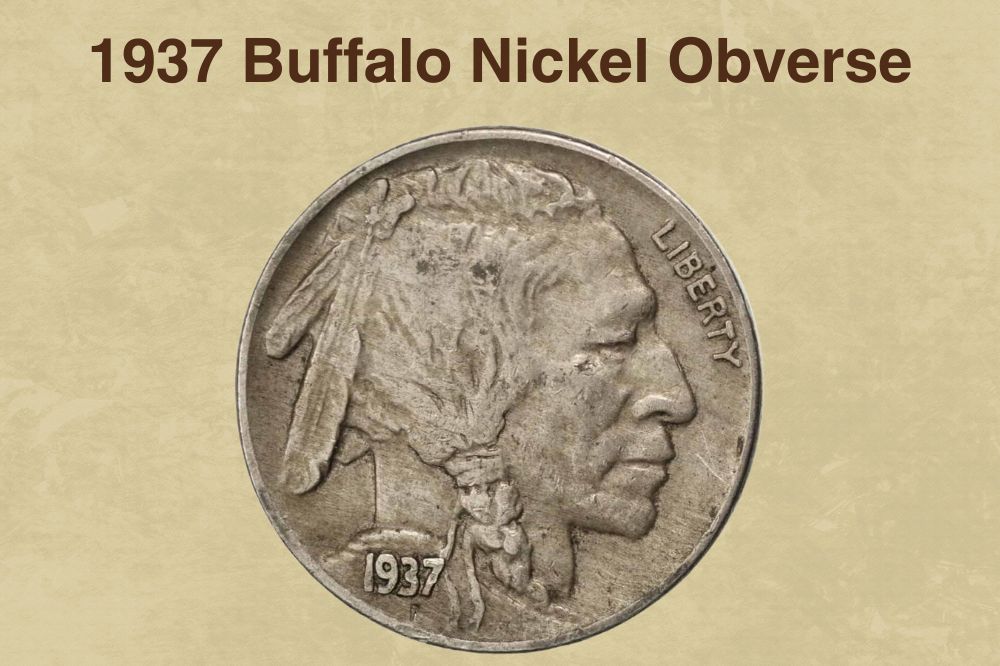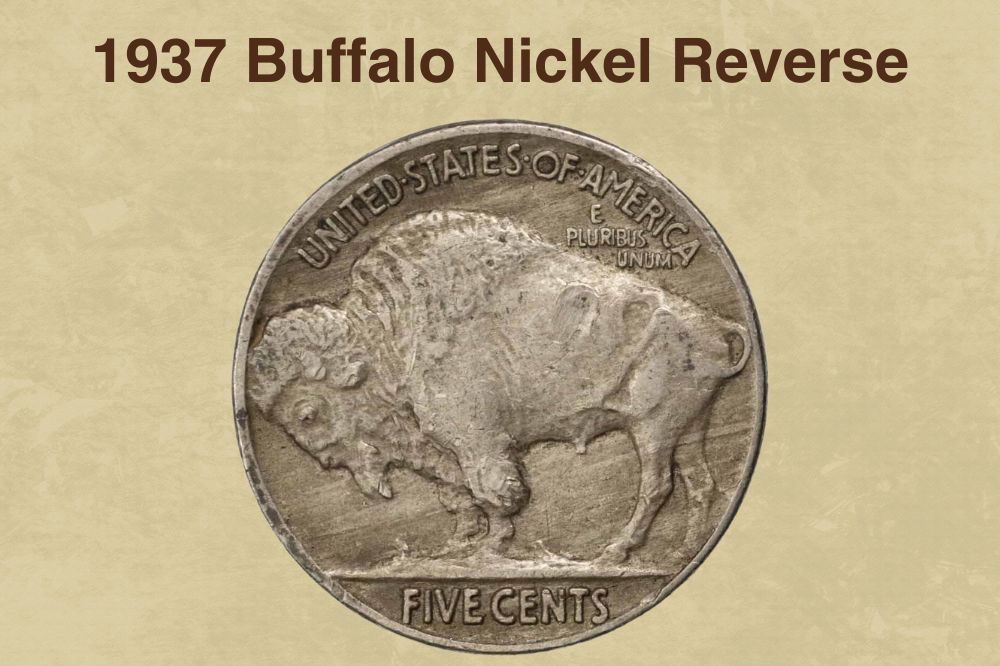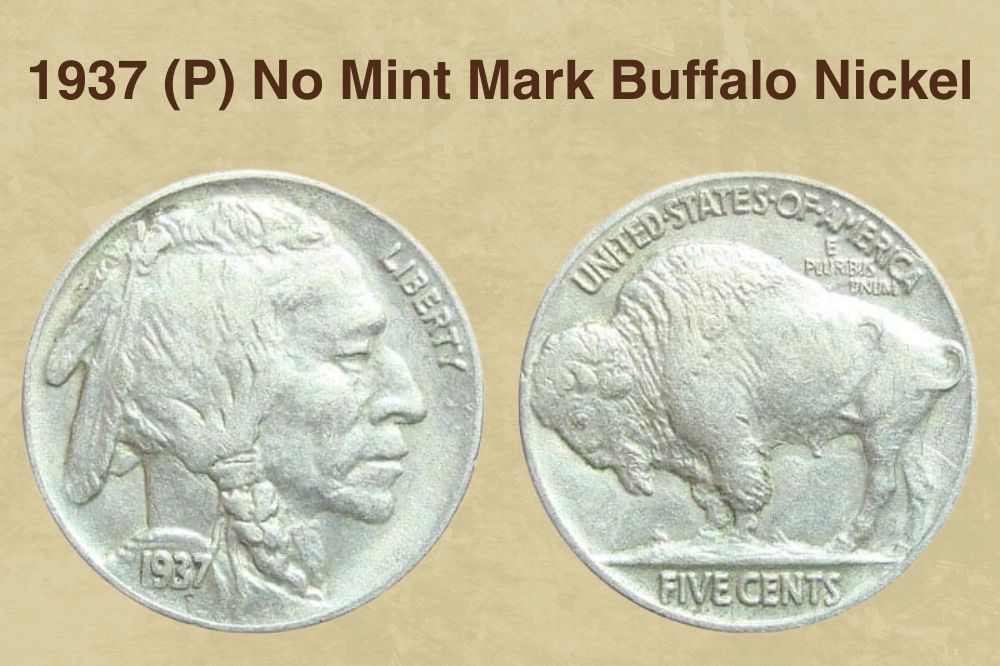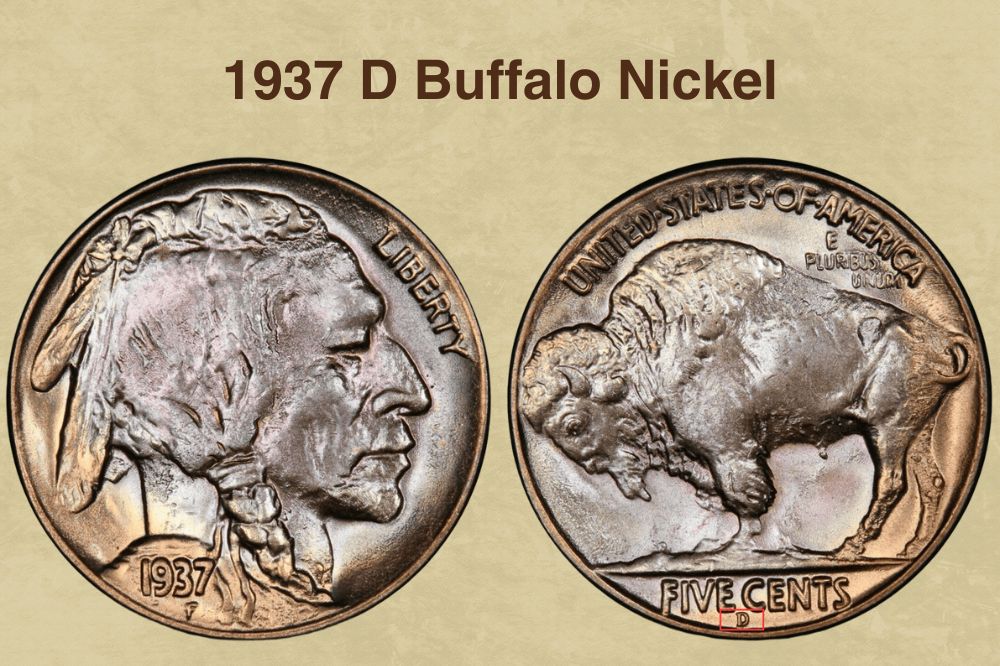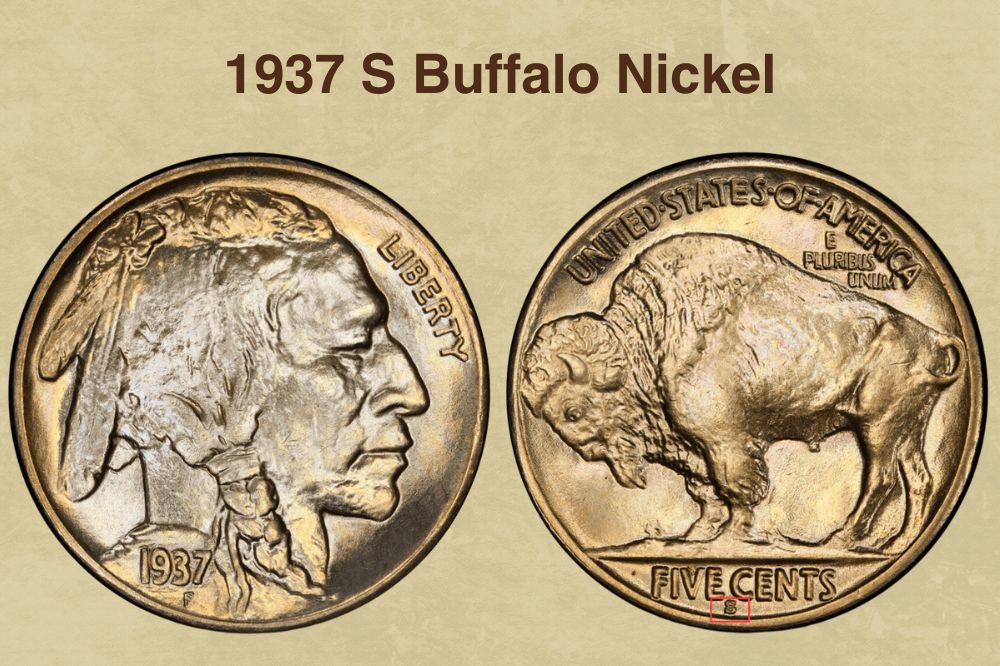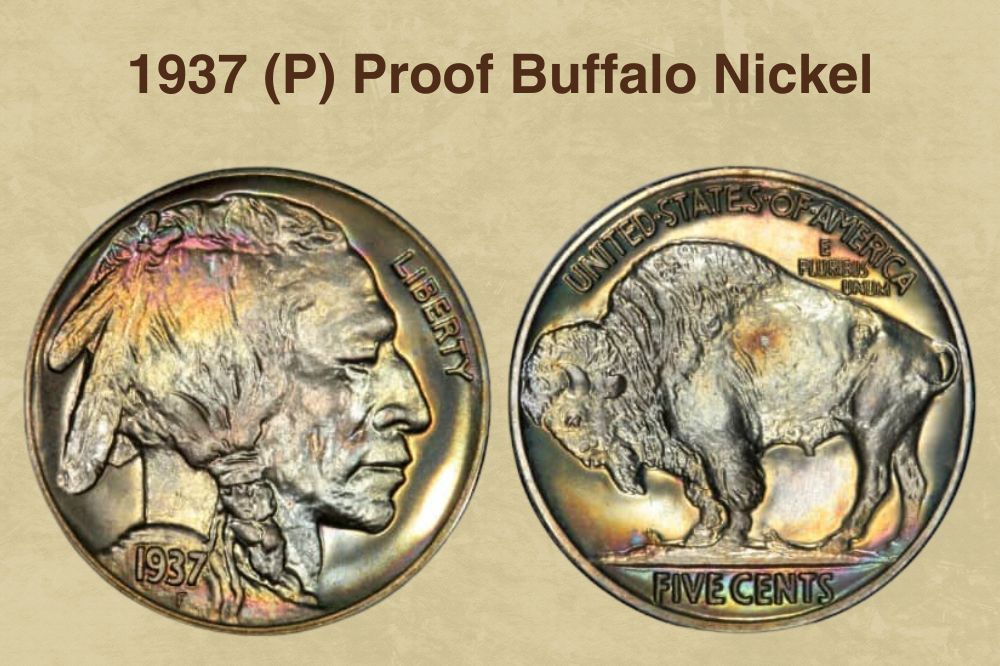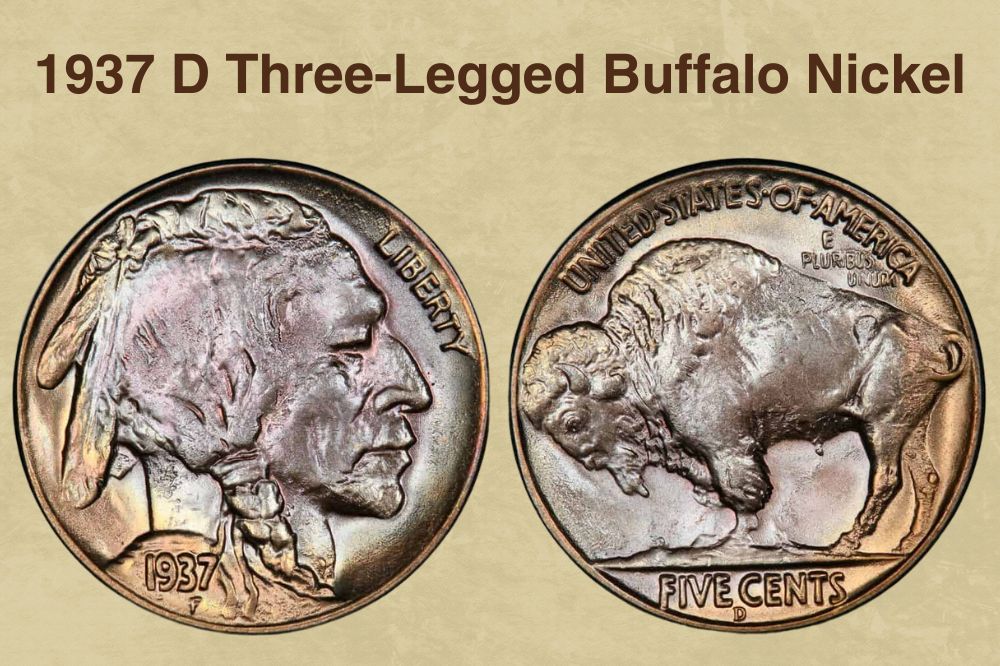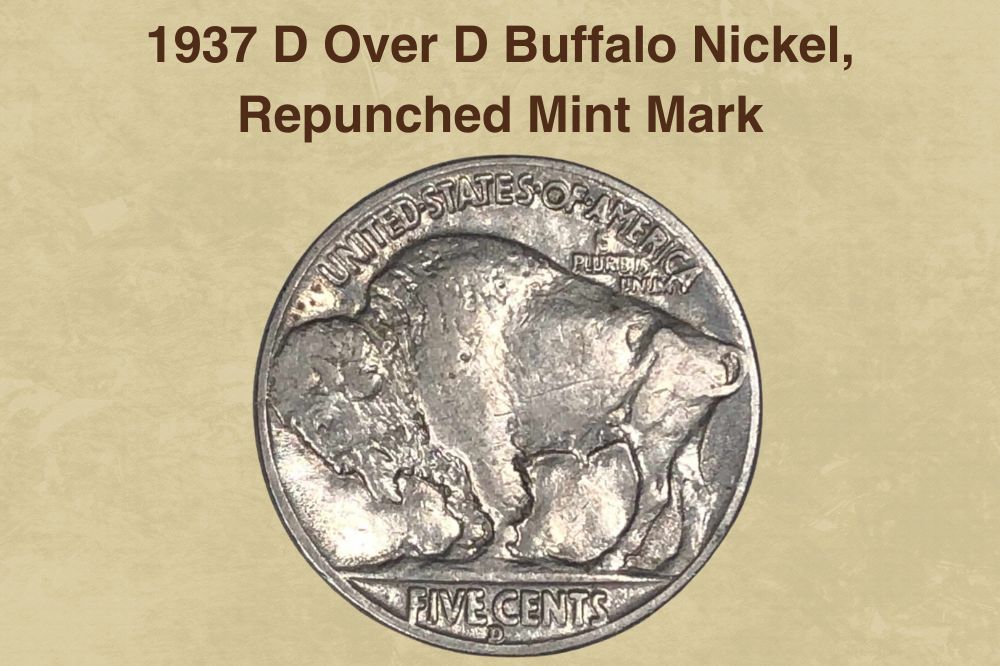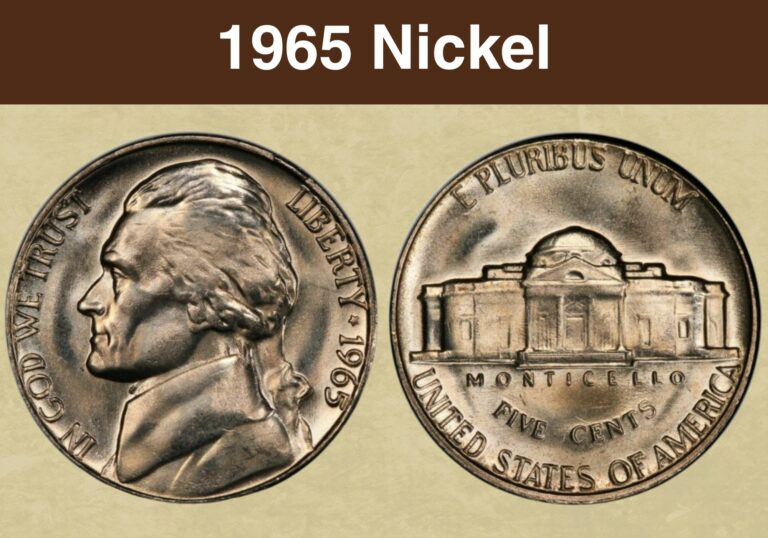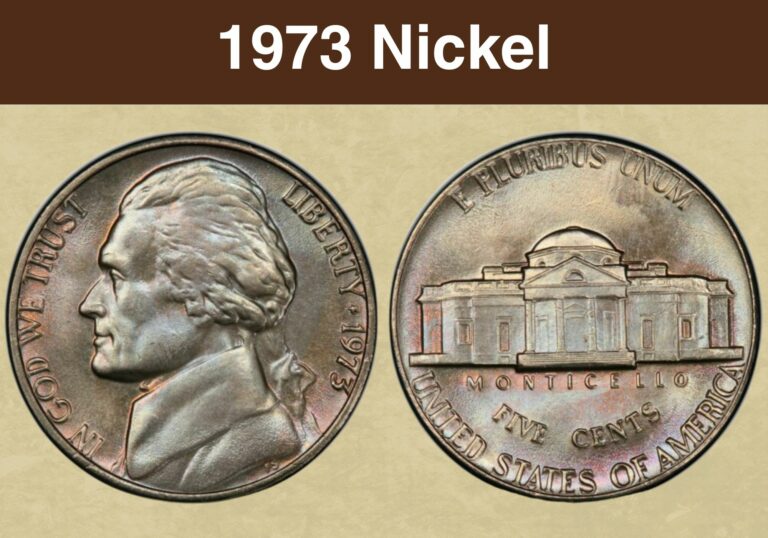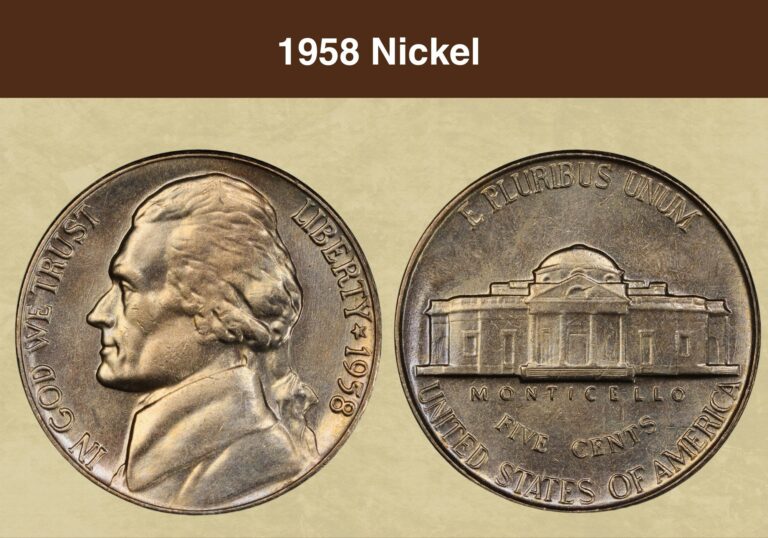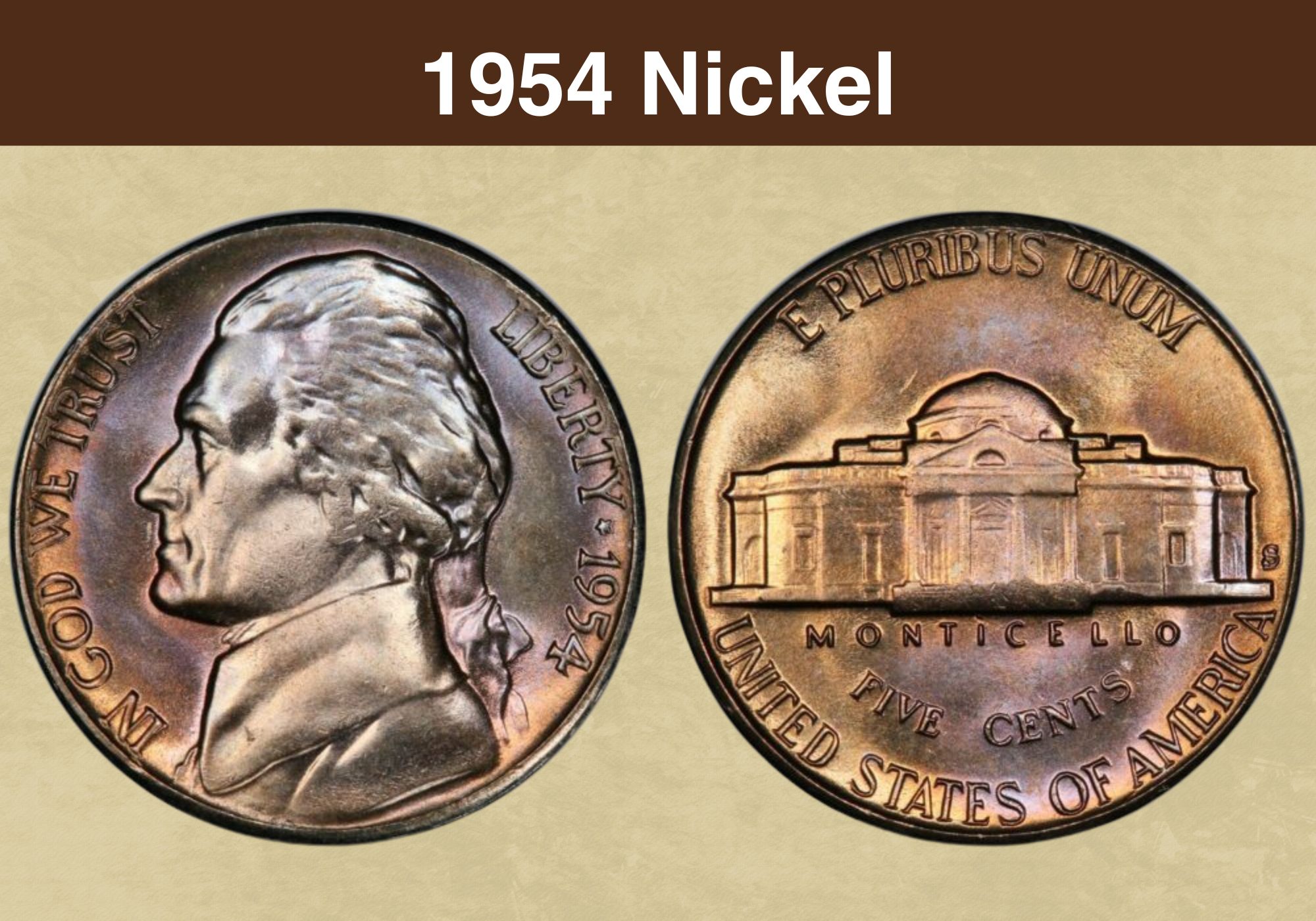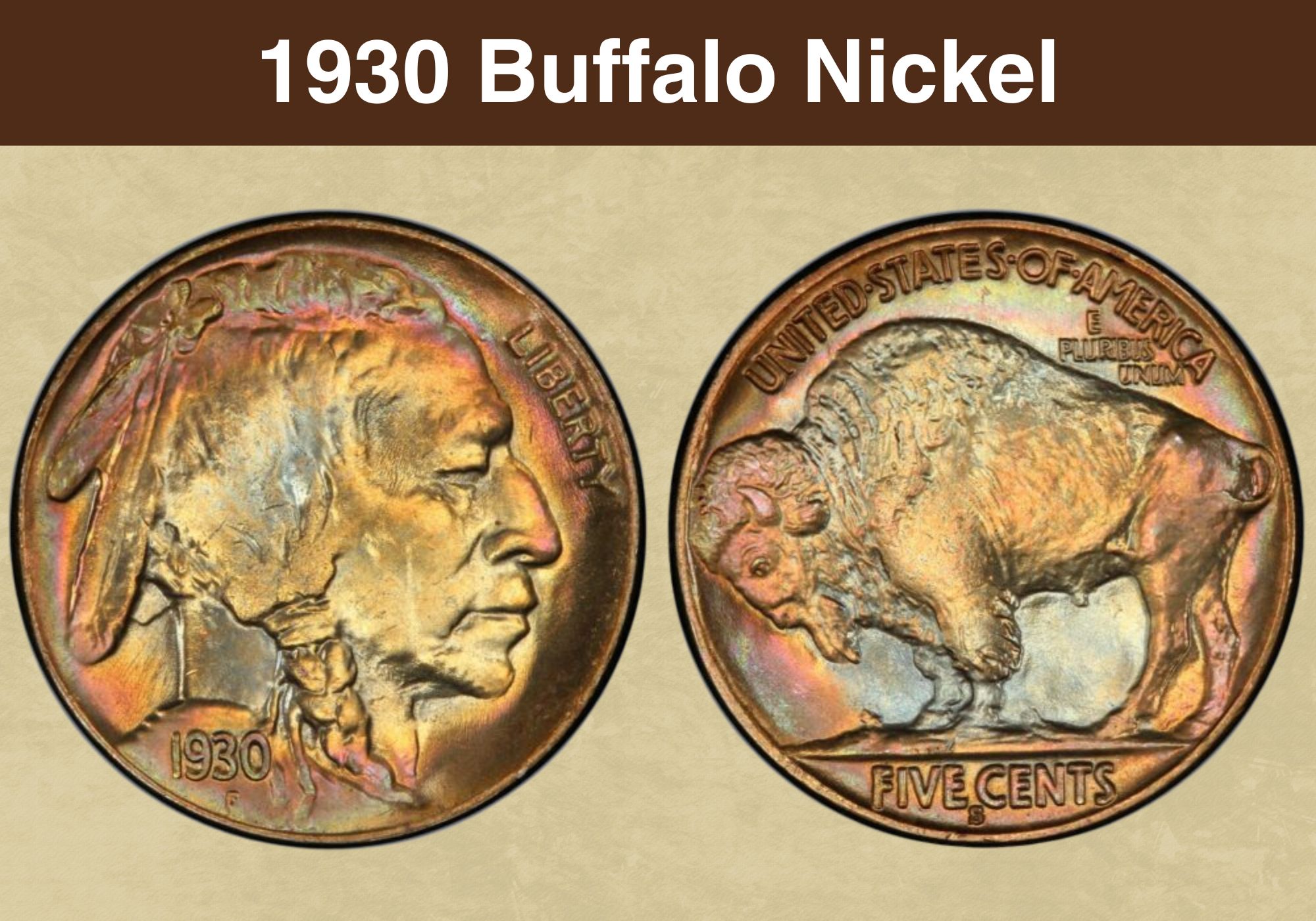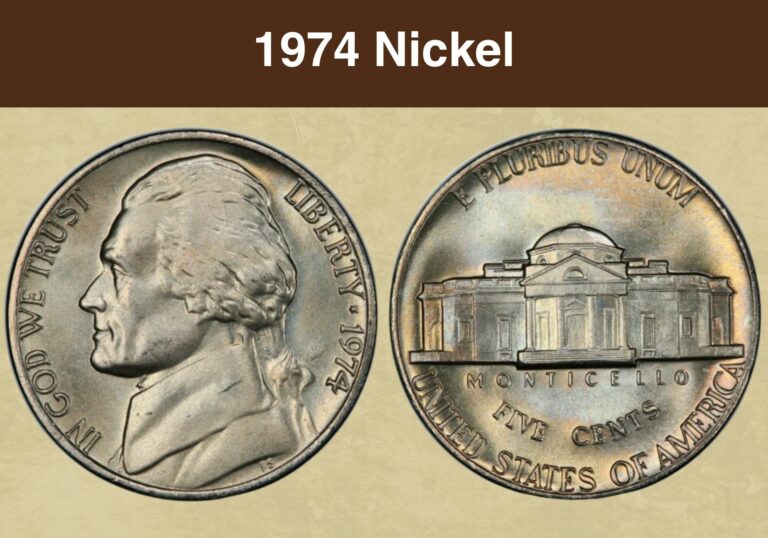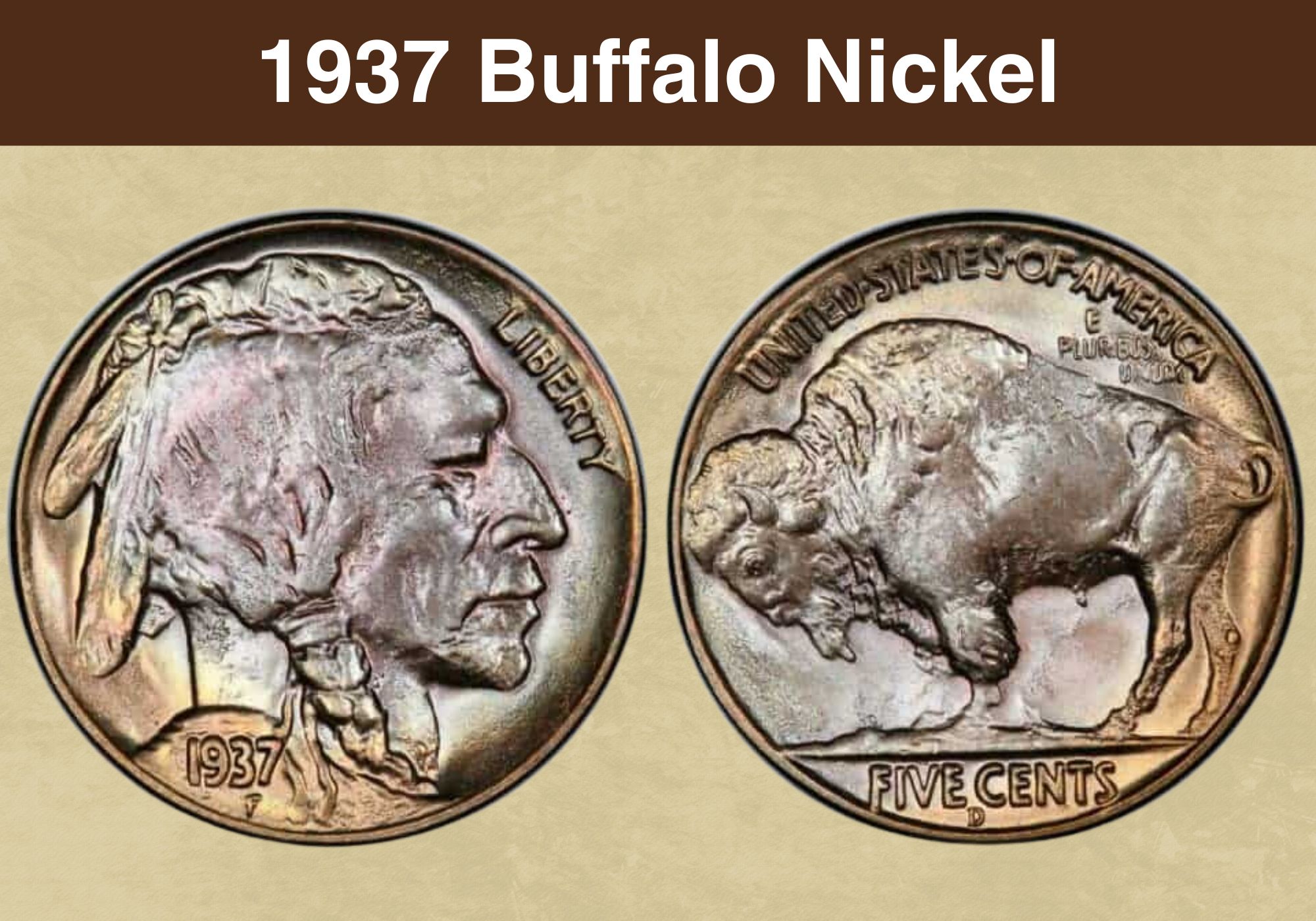
Coin Value Contents Table
- 1937 Buffalo Nickel Value Chart
- History of the 1937 Buffalo Nickel
- Features of the 1937 Buffalo Nickel
- 1937 Buffalo Nickel Grading
- 1937 Buffalo Nickel Value Guides
- 1937 (P) No Mint Mark Buffalo Nickel Value
- 1937 D Buffalo Nickel Value
- 1937 S Buffalo Nickel Value
- 1937 (P) Proof Buffalo Nickel Value
- Rare 1937 Buffalo Nickel Error List
- Where to Sell Your 1937 Buffalo Nickel ?
- FAQs
If you’ve found a nickel dated 1937 in your pocket change, you might want to learn more about it. These coins are known as “Buffalo nickels” and they have an interesting history. But are they valuable?
We’re going to look at the 1937 Buffalo nickel value, its history, and its key features. And we’ll discover what separates a standard coin from one that’s rare and valuable.
Ready to learn more? Step this way!
1937 Buffalo Nickel Value Chart |
||||
| Mint Mark | XF45 | MS60 | MS65 | MS68 |
| 1937 (P) No Mint Mark Buffalo Nickel Value | $7 | $31 | $75 | $10,500 |
| 1937 D Buffalo Nickel Value | $7 | $31 | $105 | $21,000 |
| 1927 S Buffalo Nickel Value | $7 | $31 | $100 | $18,000 |
| PR60 | PR65 | PR67 | PR69 | |
| 1937 (P) No Mint Mark Proof Buffalo Nickel Value | $775 | $1,375 | $2,150 | $95,000 |
History of the 1937 Buffalo Nickel
The first ever Buffalo nickels were struck in 1913. They get their name from the image on their reverse – an American bison, colloquially known as a buffalo. The other side of the coin shows an image of a Native American man.
The previous nickel had been the “Liberty head” design. The idea for a change appears to have come from the son of the Treasury Secretary, a young man named Eames MacVeagh. He wrote to his father, Franklin, suggesting that a new nickel would be a good way to mark Franklin’s time in office.
The design was the work of an artist by the name of James Earle Fraser. But while it gained praise for its artistic merits, it presented some practical difficulties.
Vending machine manufacturers thought it would be impossible for their machines to distinguish the new nickels from fake coins. And the design also proved difficult to strike clearly and wore rapidly. The date, in particular, quickly rubbed away as the coins were used.
These problems probably lay behind the Buffalo nickel’s relatively short run. If you have a 1937 example, it was one of the last coins to be struck. The series came to an end the following year, just 25 years after the first coins rolled out of the presses.
This was the quickest a coin could be replaced without the Mint having to gain the agreement of Congress.
The nickels stuck in 1937 came from three different Mint facilities – Philadelphia, San Francisco and Denver. Proof nickels were struck in Philadelphia that year too. Almost 110 million nickels were produced in total, with the Philadelphia mintage the second highest of the whole series.
The design was resurrected for a commemorative silver dollar in 2001. And in 2006, it was used again for gold bullion pieces.
Also read: Top 10 Most Valuable Nickels Worth Money
Features of the 1937 Buffalo Nickel
The Obverse of the 1937 Buffalo Nickel
Look at the obverse (or “heads” side) of the 1937 nickel and you’ll see a striking portrait of a Native American man. He is depicted in profile, facing to the right.
Many people over the years claimed to be the model, and the artist himself told a number of different stories about who it was. But it’s now generally accepted that the portrait was an amalgamation of the features of several different people.
Amongst them are likely to be Iron Tail and Two Moons. Other candidates include John Big Tree, a Seneca, and Two Guns White Calf, son of the tribal chief of the Blackfoots.
While the design was considered very attractive, it gave rise to complaints from a vending machine manufacturer named Clarence Hobbs. His company had designed a device to identify fake nickels, known as “slugs”. But the new coins, he felt, would not work with the device.
In particular, he complained that the cheekbone on the portrait was in too high relief. After much discussion, the Mint decided to proceed in the face of Hobbs’ objections.
The portrait dominates the obverse of the nickel. The date appears on his shoulder, and beneath the image is a small initial – “F” for the artist, James Earle Fraser. The word “LIBERTY” appears on the right-hand side, curving parallel to the coin edge.
The Reverse of the 1937 Buffalo Nickel
It’s the reverse design that gives this nickel its common nickname. It depicts a buffalo – or more accurately, an American bison.
The identity of the animal was almost as hotly debated as the identity of the Native American! And Fraser again seems to have been rather misleading in his comments on the matter.
At one point, he claimed that the image had been based on a bison by the name of Black Diamond, whom he’d observed at the Bronx Zoo. But Black Diamond was at the Central Park Zoo, not the Bronx.
After Black Diamond’s death, his head was preserved, and can occasionally be viewed at coin exhibitions. But if he really was the model for the coin, Fraser must have employed some artistic license. Black Diamond’s horns are in quite different positions from those of the animal in his design.
Another possibility is that Fraser did see the bison at the Bronx Zoo. The leader of the herd there was an American bison named Bronx, who could have been Fraser’s inspiration.
The bison is shown on the coin with his head lowered. Above him is inscribed “UNITED STATES OF AMERICA”, while below that is the Latin motto “E PLURIBUS UNUM” (“From the many, one”).
The denomination is at the bottom of the coin. And if your nickel was struck in Denver or San Francisco, it will also have a mint mark just below that.
Other Features of the 1937 Buffalo Nickel
Each Buffalo nickel weighs 5 grams and has a plain edge. It measures 21.2 millimeters across. And despite its name, it’s actually made of three quarters copper and only a quarter nickel.
While the series is well known as the Buffalo nickel, it’s also known as “Indian head nickel”.
This YouTube video from BigDCoins looks at 1936 and 1937 Buffalo nickels in detail.
Also read: Top 17 Most Valuable Buffalo Nickel Worth Money
1937 Buffalo Nickel Grading
| # | Grade |
|---|---|
| 1 | Basal State-1 |
| 2 | Fair |
| 3 | Very Fair |
| 4, 5, 6 | Good |
| 7, 8, 10 | Very Good |
| 12, 15 | Fine |
| 20, 30 | Very Fine |
| 40 | Extremely Fine |
| 50 | About Uncirculated |
| 60 | Mint State |
| 65 | Mint State |
| 70 | Mint State |
Please check our grading guides to know your coin scale, It’s the necessary step to know the exact value of your coin.
Check out now: How to Grade Buffalo Nickel?
1937 Buffalo Nickel Value Guides
1937 (P) No Mint Mark Buffalo Nickel Value
If your 1937 Buffalo nickel doesn’t have a mint mark, it was struck in Philadelphia. And the chances are high that’s the case. The Philadelphia facility accounted for around three quarters of the total mintage – just under 79.5 million coins.
To check, look at the reverse of the coin, the side with the buffalo. If there’s no letter beneath the words “FIVE CENTS”, it’s a Philadelphia nickel.
The 1937 Philadelphia mintage is the most common in circulated grades of any of the Buffalo nickels. And today, the independent coin experts, the PCGS, estimate that there are around 50,000 survivors at all grades.
It’s also the second easiest mintage to find in mint state (coins that have never been circulated) and “gem quality” (coins graded 65 and above on the coin quality scale, which runs from 1 to 70). Only the 1938 Denver Buffalo nickel offers more plentiful mint state and gem survivors.
All this means that you can get your hands on a very nice coin without having to spend a fortune. A coin graded XF45 (the “XF” stands for “extremely fine”) is valued by the PCGS at $7. That rises to $31 for an example at the lowest mint state grade, MS60.
A gem quality 1937 Philadelphia nickel will be worth around $75 at MS65. But there’s a big jump in value between examples graded MS67 ($300) and MS67+ ($1,075). And from there, prices accelerate sharply.
The PCGS has certified 28 coins at MS68, and those are valued at $10,500 apiece. And the finest known examples are five coins graded MS68+. If you want to get your hands on one of those, you can expect to pay around $28,500.
1937 D Buffalo Nickel Value
The Denver Mint facility was far less prolific than Philadelphia in churning out 1937 nickels. It struck just under 18 million coins, of which 35,000 or so are believed to survive to this day.
Almost a third of those survivors are thought to be coins in mint state. And about 8,000 are gem quality MS65 or better.
Despite the lower mintage, then, values at most grades are the same as the Philadelphia nickels struck the same year. A coin graded XF45 will be worth around $7, while an example graded MS60 is around $31.
In gem grades, however, a “D” mint mark adds a premium. At MS65, a 1937 Denver nickel is worth about $105, compared to $75 for the Philadelphia equivalent. And at MS68, the difference is huge – $21,000 for the Denver example, as against $10,500 for Philadelphia.
That value is partly explained by the fact that the quality of 1937 Denver nickels top out at MS68. The seven coins certified at that grade, therefore, are the “best in class”.
1937 S Buffalo Nickel Value
The San Francisco Mint facility made the smallest contribution to the total mintage of 1937 business strike nickels. It produced 5,635,000 coins that year. But despite this, there are actually more survivors in mint state and gem quality than Denver nickels.
The PCGS estimates that there are around 40,000 San Francisco nickels still extant at all grades. Of those, around 12,000 are in mint state, and around 9,000 are graded MS65 or above.
Up to MS64+, values are identical to the Philadelphia and Denver nickels of the same year. Beyond that level, values are slightly lower than Denver nickels and somewhat higher than Philadelphia ones.
A 1937 San Francisco nickel graded MS65 is worth about $100, rising to $200 at MS66 and $825 at MS67. The finest examples to have been certified are three coins graded MS68. The PCGS values each of those at $18,000.
1937 (P) Proof Buffalo Nickel Value
In 1937, the Philadelphia Mint facility made both regular (“business strike”) and proof coins. The latter were struck on highly polished planchets, using specially prepared dies. They were targeted at collectors, and just 5,769 were produced.
The lower mintage means that these are much rarer than business strike nickels. One of these coins in any condition is worth good money – by definition, the lowest grades are “about uncirculated”, AU58.
The PCGS values a 1937 proof nickel of that quality at $475. That rises to $775 for an uncirculated example graded PR60, and $1,375 for a gem quality PR65.
The finest examples to have so far come to light are two coins graded an almost-perfect PR69. An example a point lower sold in 2012 for $40,250. That makes the PCGS’s estimate for a PR69 coin today – $95,000 – look positively conservative.
Also read: Top 17 Most Valuable Jefferson Nickels Worth Money
Rare 1937 Buffalo Nickel Error List
1937 D Three-Legged Buffalo Nickel
Amongst the nickels struck by the Denver Mint facility in 1937 are a small number known as “Three-Legged Buffalos”. They get their name because the buffalo on the reverse appears to be missing a leg.
The absence was the result of over-zealous polishing of one of the reverse dies. As a result, the front foreleg almost completely disappeared, and the back had a worn, slightly moth-eaten appearance. There’s also a faint mark beneath the animal’s stomach, generally described as a “stream”.
Look carefully for all those features – because there are lots of fake “Three Legs” on the market.
A genuine Three-Legged Buffalo nickel is worth serious money in any condition. Even an example graded just 15 is worth around $650. A coin graded XF45 is worth about $1,000. And if you want an uncirculated example, you’ll be looking at a minimum of $2,950.
The finest examples to have been certified by the PCGS are five coins graded MS66+. The last time one of those was presented for sale was in 2021, when it made a whisker under $100,000. Today, the PCGS values an MS66+ Three-Legged Buffalo nickel at $105,000.
But another coin grading agency, the NGC, has certified three coins at MS67. And those are valued at a hefty $150,000 each.
1937 D Over D Buffalo Nickel, Repunched Mint Mark
Some of the Buffalo nickels produced in Denver in 1937 had a Mint error known as a “repunched mint mark”. Look closely at the mint mark on the reverse and you’ll see the faint imprint of a second “D” beneath the first.
This isn’t a particularly rare kind of error, but it does add a premium to the coin’s value. An example graded MS65 sold at auction for $150. That’s about 50 per cent more than the price of a coin at the same grade without the error.
A similar error can also be found on some of the San Francisco Buffalo nickels. And one of those coins, graded MS65, sold at auction for $185.
This YouTube video from Couch Collectibles shows examples of all these error coins.
Also read: 14 Most Valuable Nickel Errors Worth Money
Where to Sell Your 1937 Buffalo Nickel ?
Now that you know the value of your coins, do you know where to sell those coins online easily? Don’t worry, I’ve compiled a list of these sites, including their introduction, pros, and cons.
Check out now: Best Places To Sell Coins Online (Pros & Cons)
FAQs
How much is a 1937 Buffalo nickel worth today?
Buffalo nickels are keenly collected – but just how much an individual coin is worth depends on its quality and whether it has an interesting error. Coins that have never been circulated – mint state and proof coins – are the rarest and most valuable.
A coin in good but circulated condition – graded XF45 – will be worth around $7. But the finest mint state examples, or the rare “Three-Legged Buffalo” variety, can be worth thousands.
Beware of fakes on the market, though. If you’re planning to spend serious money, look for a coin that’s been independently certified by a reputable coin grading agency like the PCGS, NGC or ANACS.
How much silver is in a 1937 Buffalo nickel?
None! The silver color comes from the nickel content. But even though the coin is called a nickel, that metal accounts for only a quarter of its weight. The rest of the Buffalo nickel is made of copper.

